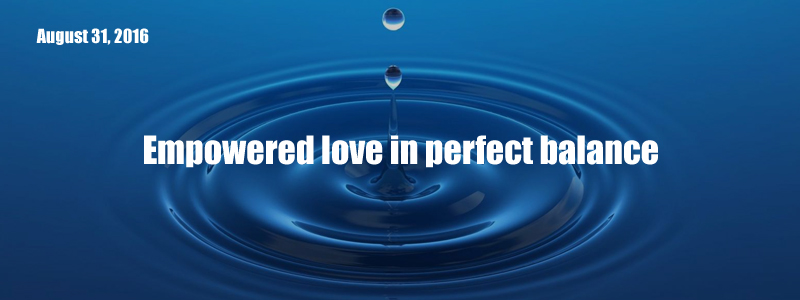


These 20 Activity Sheets promote excellence in science teaching by these NSES criteria:Ī. National Science Education Standards (NRC 1996) TEACHING Standards Hooray for ingenuity! When this occurs, we'd love to hear about it and share it with other educators. NOTE: We encourage improvisation - it's one of the main goals of our hands-on approach! You and your students might invent a simpler, sturdier or more accurate system might ask a better question might design a better extension. Consider extra credit for students who construct new math challenges for others to solve with the balances.īecause the constructed balance beams can easily be sent home upon completion of class activity, students can have fun inventing their own independent extension activities. Keep a couple of balances available in a corner workstation for students who finish tests early, or for constructive activity on rainy days. Perfect Balance is a particularly good subject for students for whom English is not their native language. Physical results give almost instant feedback, and quick success builds student focus, confidence and enthusiasm. Arrange for your most capable older students to take their balances and unmarked activity sheets into a lower grade and mentor younger children one-on-one.Īs with many TOPS units, these activities give helpful practice in reading and following directions, thus encouraging independent study. This book presents great opportunities for cross-age teaching.

Lesson 15: To develop and use a system of weight measure that's accurate to a tenth of a paper clip.Lesson 14: To weigh common objects using a paper clip weight standard.Lesson 13: To make weight comparisons on a balance and thereby generate simple mathematical relationships.

Lesson 12: To complete construction of the weighing balance.Lesson 11: To construct a paper beam to use in a weighing balance.Lesson 10: To recognize that the mathematical properties of an equal-arm balance can be extended to a balance with unequal arms.Lesson 9: To mathematically predict and then verify the tilt of a math beam.Lesson 8: To mathematically predict and then verify a state of balance or imbalance in a math beam.Lesson 7: To practice expressing complex balance conditions as mathematical equations.Lesson 6: To gain further experience with balance beams and the mathematics of balancing.Lesson 5: To understand that paper clips multiply to equal products on each arm of a balanced beam.Lesson 4: To understand that paper clips add up to equal sums on each arm of a balanced beam.To diagram various ways that paper clips balance on the beam. Lesson 3: To get acquainted with a math beam.Lesson 2: To complete assembly of the math balance.Lesson 1: To fold a paper beam that will be used in a math balance.


 0 kommentar(er)
0 kommentar(er)
